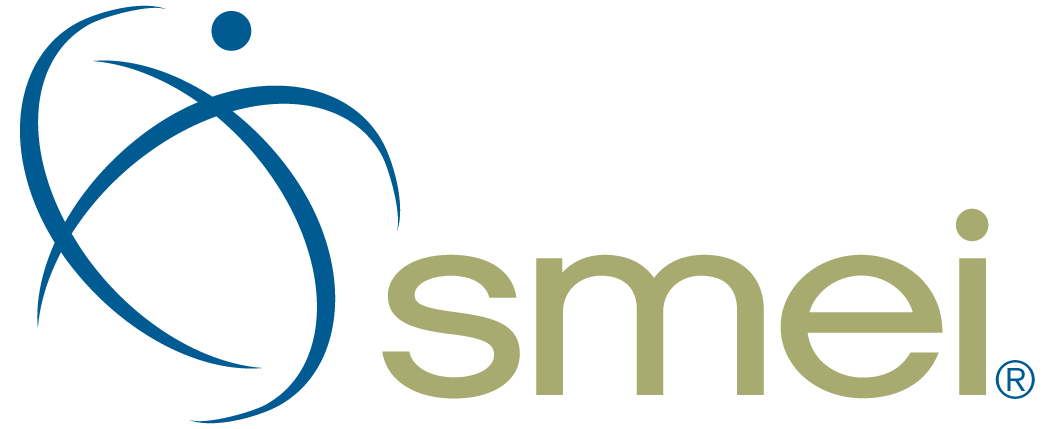Certification Magazine Endorses SMEI’s Criteria
Brian Summerfield of Certification Magazine recently interviewed me for an article titled: "Management: Cultivating Certification Through Standards".
Managing the growth of our certification programs presents us with many opportunities and we are reluctant to grow just for the sake of expansion. Basing our growth on qualifications and standards will ensure that when you receive your "CSE", "CME" or "SCPS" designation they will have true meaning.
SMEI’s first founding principle is "Professional Standards and Identification". I thought it might be useful in this post to discuss standards.
A standard is something that can be used as a consistent form of measurement. For example, when a carpenter creates a pattern by cutting a piece of wood to a particular set of dimensions, they can use that pattern to mark subsequent pieces of wood for cutting with the assurance that all of the pieces of wood will match the pattern when cut. Ultimately, the patterned pieces of wood fit into a master plan that the carpenter is using to create a finished product. The master plan will already have been drawn to conform to industry accepted standards.
The carpenter will usually mark the pattern with a notation such as "P" or "Pattern" so that there is only one true pattern. This provides consistency and predictability in results.
The same is true for sales and marketing. SMEI’s certification programs are based on standards that are recognized by the academic and business world. By reviewing these standards and embracing them, you can be assured that when you develop your sales and/or marketing plan, you will be meeting the standard. You can measure your sales professionalism and your sales force professionalism against your sales plan with consistent results.
Certification testing is one way to determine if you or your organization are meeting the standard.
The self-study programs designed around the certification programs help you match up against the pattern. When I studied for my CSE exam I quickly determined the gap in my knowledge by reviewing the study materials and then focused on filling in the areas that needed help to match the pattern.
It is easy to fall into the trap of measuring against something that is not reliable or standardized. If we use the analogy of the carpenter, we could end up with a lop-sided house which is unappealing, unprofessional and unsafe.
Applying the standard learned through the certification process to my sales plan provided me with consistent and predictable results. Results that I could be proud of and processes that could stand the closest scrutiny because they met a recognized standard.


